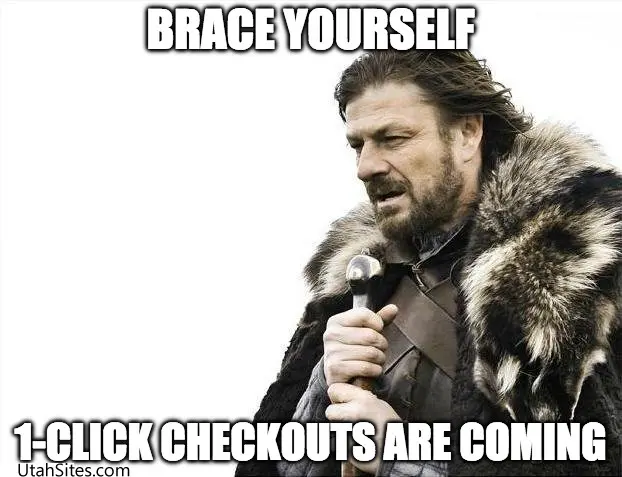In 1997, a three-year old company called Amazon filed a patent for a functionality that they called 1-Click. The patent was granted in September 1999. Since then, the concept has made repeat sales much easier for online shoppers.
Historically, the introduction of 1-Click technology was not immediately revolutionary upon its birth. However, long-term, 1-Click has contributed to billions in online sales by simplifying the checkout process.
The idea behind 1-Click is simple. When a consumer first buys a product, they are asked to register their information and credentials, including payment information. This is later used by 1-Click when the buyer returns for repeat sales. Instead of asking that the information be entered again, the buyer only needed to press the 1-Click button. All the information required for the sale would be retrieved from the server and applied to the sale. There is no more need for further verification because the user has already logged in as a user. This reduces the steps needed to convert and also makes buying less intimidating because it eliminates the thought of inputting sensitive information again.
Some retail giants chose to battle for the ability to use the technology. Barnes & Noble was one such entity, and they lost the lawsuit. Others, like Apple, chose the more frictionless path and leased the patent instead.

Good or bad, patents have a life of only 20 years. This year, the patent for 1-Click has expired. That does not mean that it can no longer be used. It is not a dead technology. Quite the opposite. What the patent’s expiration means is that Amazon no longer has exclusive use of the technology. In turn, this results in freedom of other vendors and websites to have their own version of 1-Click. This provides a path for the technology to be fully embraced, improved upon, and implemented into your favorite websites. Look forward to new conveniences in checkout coming your way soon.